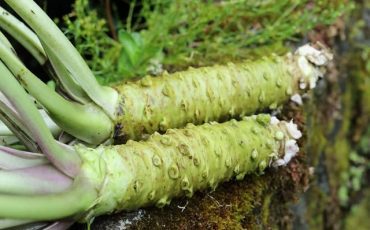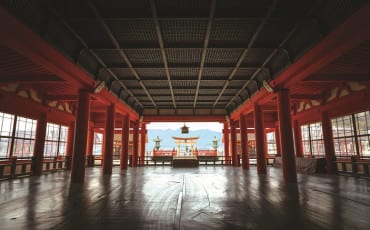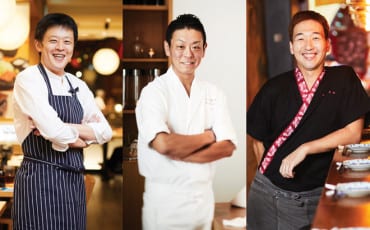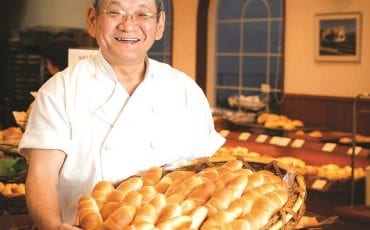Articles
Seasons
Oct 1, 2014
What’s Like Autumn in Japan?
Amazing food, eye-popping festivals … there is really no better time to visit Japan than in Autumn.
Autumn is commonly known in Japan as 食欲の秋 (shokuyoku no aki), which means the “season of eating”. That alone is reason enough to pay Japan a visit during the fall months! Autumn is the season of harvests, and almost all the festivals during this period are in celebration of this. In preparation for the cold, wintry months, expect a lot of starchy, carb-laden dishes made from root vegetables such as yam and sweet potato, as well as fatty fish.
Fishy Business
Speaking of fish, the one that’s most commonly associated with autumn is Sanma, also known as Pacific saury or mackerel pike. In autumn, currents from the Pacific bring huge schools of Sanma to the Japanese coast. This wonderfully fatty fish is rich in omega-3 fatty acids, and is usually grilled over an open flame. All it needs is a little salt or soy sauce, as well as grated daikon, to enhance its delicate flavours.
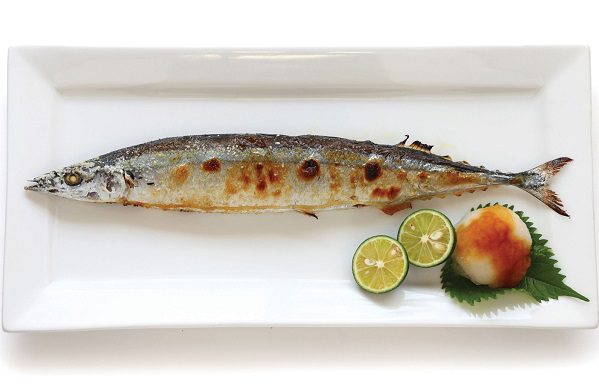
So celebrated is this fish that there is a whole festival — known as Sanma Matsuri – dedicated to it, held in Tokyo on September 9. At the Tanjo Hachiman Shrine, close to Meguro station, about 6,000 of this fish will be freshly grilled and handed out for free throughout the day. Definitely worth checking out if you happen to be Japan’s capital city during that period.
Spectacles Not To Be Missed
Another fall festival not to be missed is the Takayama Festival, centred around the Sakurayama Hachiman Shrine. It is one of the three most beautiful festivals in Japan. Held annually on October 9 and 10 as locals start their preparations for winter, the most noteworthy aspect of the festival has to be the 11 elaborate floats known as yatai. Make no mistake; these aren’t ordinary floats. Dating back to the 17th century, they were designed and decorated with intricate carvings of gilded wood and detailed metalwork.
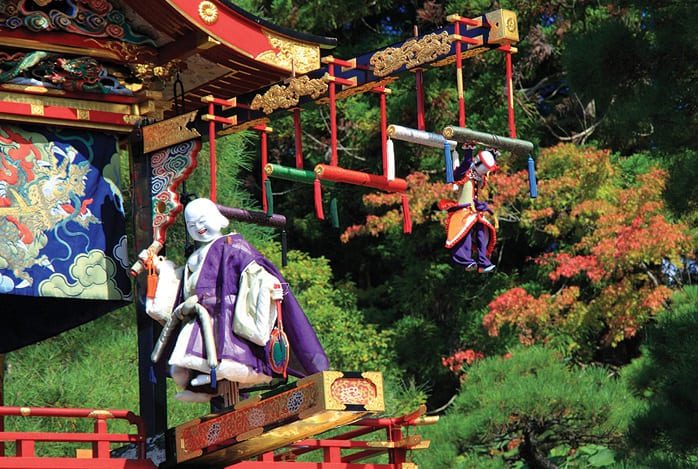
When night falls, chochin lanterns are lit on the floats, and each float is adorned with a moving puppet, making for an even more spectacular sight.
If you’ve always been curious what 17th century Japan was like, you’ll want to check out the Shuki Taisai Grand Autumn Festival in Nikko. Consisting of a mikoshi, or portable shrine, and a samurai procession of about 800 people carrying guns, spears, bows and arrows, and an assortment of other weapons, this ceremony is said to be a reproduction of the funeral ceremony of the first shogun of Tokugawa.
Tsukimi, or “moon-viewing” is a much celebrated and important Japanese fall tradition. It’s the one day in autumn that the Japanese take time to appreciate the full moon. They’ll take the chance to make offerings of rice dumplings, Japanese pampas grass, as well as seasonal fruit and vegetables to the moon.
Hearty Bites
You’ll want to be mentally prepared for lots of eating if you’re planning to visit Japan in fall. A must-try delicacy is Dobinmushi, or Matsutake mushroom soup. These prized mushrooms have a delicate smokey flavour that is enhanced by a vegetable or bonito broth, with a little chicken or shrimp.
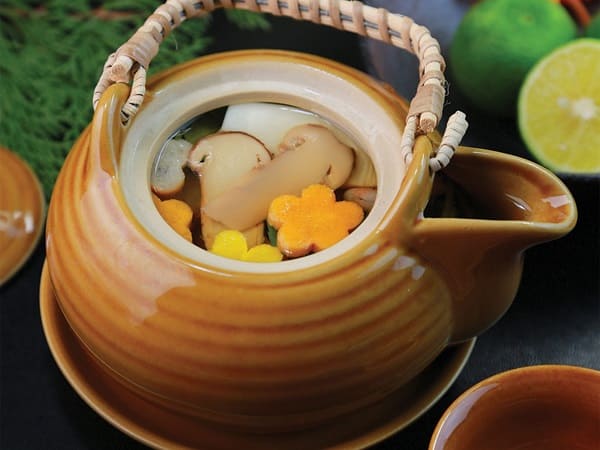
It’s no secret that Japanese cuisine is heavily reliant on rice. The most prized rice is Shinmai, or the first harvest of rice. It’s believed to be sweeter and moister than any other kind of rice, and is enjoyed in a variety of ways around Japan.
If you’re after a sweet end to your meal, be sure to try a tasty Kaki, or persimmon, as they are in season during this period. Happy feasting!
TEXT DENISE LI





